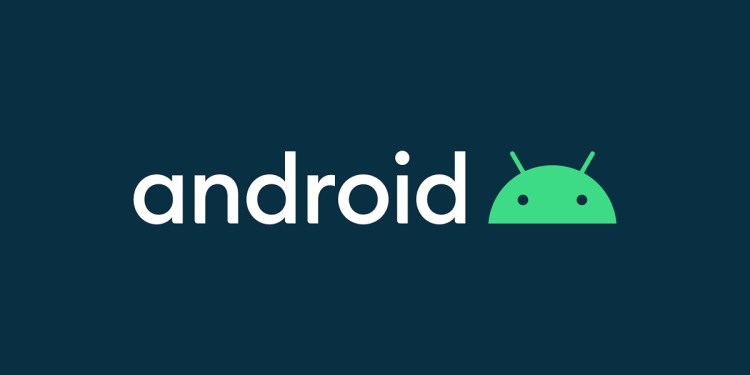testsetset
Google today pushed the latest source code for Android 10, formerly Android Q and the successor to Android 9.0 Pie, to the Android Open Source Project (AOSP). Google also started rolling out the latest version of its mobile operating system today as an over-the-air update to Pixel phones.
If you don’t have a Pixel phone, you won’t be getting Android 10 for a while (if at all). During the beta testing phase, Android Q was made available on the Asus ZenFone 5Z, Essential Phone, Huawei Mate 20 Pro, LG G8, Nokia 8.1, OnePlus 7 Pro, OnePlus 7, OnePlus 6T, Oppo Reno, Realme 3 Pro, Sony Xperia XZ3, Tecno Spark 3 Pro, Vivo X27, Vivo Nex S, Vivo Nex A, Xiaomi Mi 9, and Xiaomi Mi Mix 3 5G. Google says it is “working with a number of partners to launch or upgrade devices to Android 10 this year.” A spokesperson confirmed that this includes the list of devices that received Android Q betas.
Android Q was on a tight beta schedule. Last year, there were five developer previews (four betas). This year, Google had six betas in total. Google launched Android Q Beta 1 in March, Android Q Beta 2 in April, and Android Q Beta 3 in May at its I/O 2019 developers conference. Android Q Beta 4 arrived in June, Android Q Beta 5 in July, and Android Q Beta 6 in August.
Android 10 features
Most importantly, Android 10 brings features powered by on-device machine learning and supports new technologies like foldables and 5G. Google also promises faster app startup and “almost 50 new features and changes focused on privacy and security.”
June 5th: The AI Audit in NYC
Join us next week in NYC to engage with top executive leaders, delving into strategies for auditing AI models to ensure fairness, optimal performance, and ethical compliance across diverse organizations. Secure your attendance for this exclusive invite-only event.
Here’s Google top 10 list for users:
- Smart Reply now suggests actions without any copying and pasting required. It also works in messaging apps.
- The new Dark Theme works on your entire phone or for specific apps. It’s easier on your eyes and on your phone battery.
- A new gesture navigation introduces single swipes that let you go backwards, pull up the homescreen, and move between tasks.
- Live Caption (coming later this fall) will automatically caption videos, podcasts, and audio messages across any app.
- Choose to only share location data with apps while you’re using them. Reminders let you know when an app that you are not actively using is accessing your location.
- Settings has a new dedicated Privacy section for controls like Web & App Activity and Ad Settings.
- Google Play can send system updates with security and privacy fixes just like app updates (Project Mainline).
- Greater control over where and when notifications will alert you. Mark notifications as Silent and they won’t make noise nor appear on your lockscreen.
- Focus mode lets you select the apps you find distracting and silence them until you say otherwise.
- Family Link is now part of every device running Android 9 or 10, so parents can set digital ground rules for their children.
You can use different keyboards per profile, set app timers for websites, use gender-inclusive emoji, and stream audio to hearing aid devices. For developers, Android 10 brings new APIs, new media codecs and camera capabilities, NNAPI extensions, Vulkan 1.1, a foldables emulator, biometrics improvements, and TLS 1.3.

